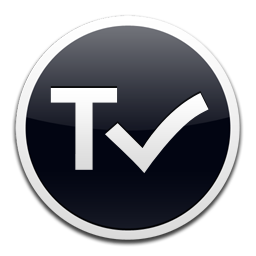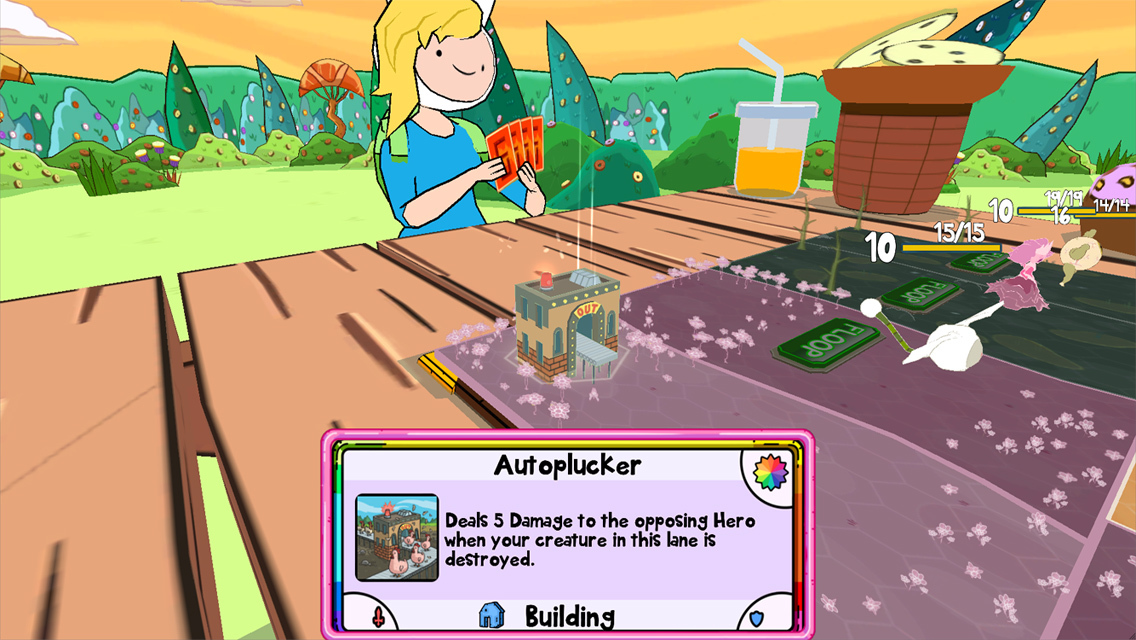

I'm sure others are leveraging the power and scriptability of Taskpaper much more thoroughly than I. While the cli editing and reporting options are excellent, I also edit, add notes and tags, change start and stop times etc by opening the file in Taskpaper.Īnyway, that's a few rudimentary ideas.

I track my time - work and some other stuff - from the command line using Mr Terpstra's 'doing' script: If ideas start coming too fast and I need to write more expansively in straight up Markdown, I use the Command Palette to temporarily switch the syntax highlighting. I also edit and brainstorm in taskpaper files in Sublime using the 'PlainTasks' plugin. I then ruminate on these ideas away from my computer by reading the taskpaper file using 'Editorial' on the iPhone. If I have an idea for a different project than what I'm working on, I use Alfred to launch into the file for the project, dump the idea and return to work. Though I just remembered reading somewhere on here that you don't use a mobile phone, perhaps? Can't recall, but if so that last bit is moot. I have a different taskpaper file for each project. I have a different taskpaper file for each project.
TASKPAPER VS FOLDINGTEXT SOFTWARE
I have clickable links at the top of the file that open the different software I use for a given project (usually Curio, Scrivener, Devonthink, and Sublime Text).

Mostly, I use it as a central hub for writing projects – to track story ideas, questions, stuff to fix, changes to track, edit, whatever needs attention. To create a project, type a line ending with a colon: Groceries: To create a task, type a line starting with a dash followed by a space: - Milk. As you type, these items are auto-formatted so that your lists are easier to read. That said, I'm not a particularly powerful power-user, as it were. TaskPaper knows about four things: projects, tasks, notes, and tags. The power of taskpaper for me lies in the format and that it's open source. I use it like a swiss army knife, but oddly enough not for daily todo management. I avoid going all-in with org-mode because I already have tools that do what I need them to do and they work just fine. I used to used TextPad but now use Notepad++.Ironic I admit Mr Fast, some of your posts have sorely tempted me into the emacs learning curve.

TASKPAPER VS FOLDINGTEXT PLUS
Plus can edit in Bash shell using vi / vim. There is no easy way to focus on a project or tag in Folding Text. On iOS I currently use Editorial (Dropbox sync only, hum), Taskmator, and Pretext. While FoldingText supports the tags in TaskPaper, it is really designed for working with Markdown.
TASKPAPER VS FOLDINGTEXT FREE
On Mac I use BBEdit and TaskPaper (plus the now free Folding Text) as they support markup/down formatting. Stick it on you cloud sync service of choice. Guaranteed to be transportable, lots of editor apps on all platforms, works for years and years. Having said this, my preference has been to use the plain text file system: a folder containing structured folders of text files. So for me I recently started to use Note Station as a handy way to have access to my small set of info, with formatting, tags, and grouping. I'm in the latter camp having collected notes over the years as more of an aide-memoire and code/text clippings. If it's for work or academic use then high volume of notes is expected and so exporting is a concern, but for plodders that do low volume but over a long time then exporting by hand isn't such a chore. I've found productivity tools to be a rather personal thing and depends on how, where, and when you use them.


 0 kommentar(er)
0 kommentar(er)
